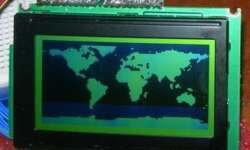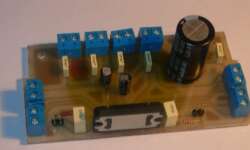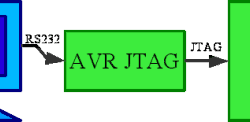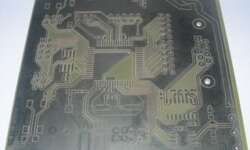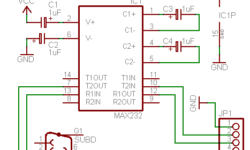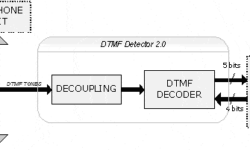AVR based TDA7313 Audio processor control
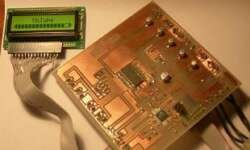
TDA7313 audio processor has been used for more than ten years because of its simplicity, functionality, and proper parameters like low distortion and low noise. Chip is based on BIPOLAR/CMOS technology and can be used in various applications, including car radios, Hi-FI, simple mixers. TDA7313 chip has three external stereo inputs that allow multiplexing three incoming sound sources. It has a volume control with steps of 1.25dB, Treble and BASS control, Loudness function. Each of the four outputs has a distinct control that allows balancing outputs. A chip can be controlled via an I2C (TWI) interface. Description of Audio processor This project’s idea was to construct an independent audio processor that can be embedded in any sound system with the ability to control settings with a simple button interface with a menu preview in LCD. The intent was to cover all audio-processor functionality within the LCD menu.


